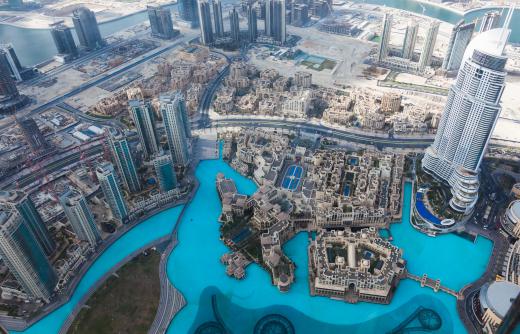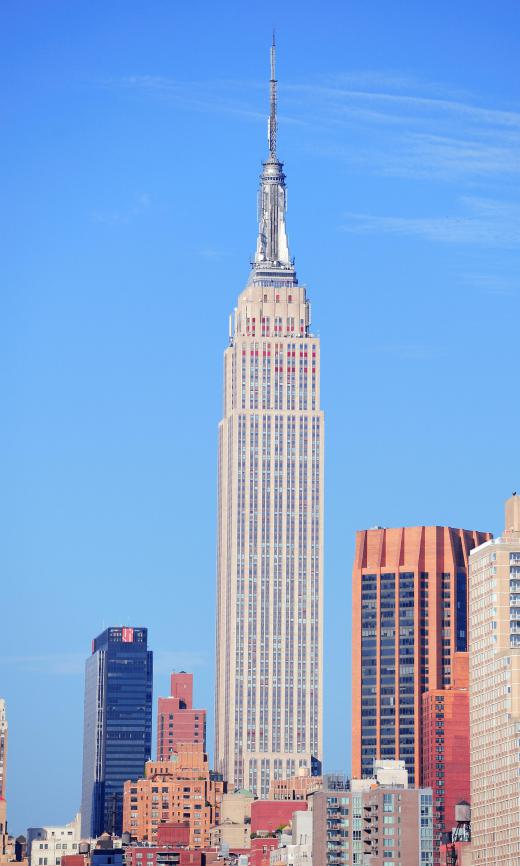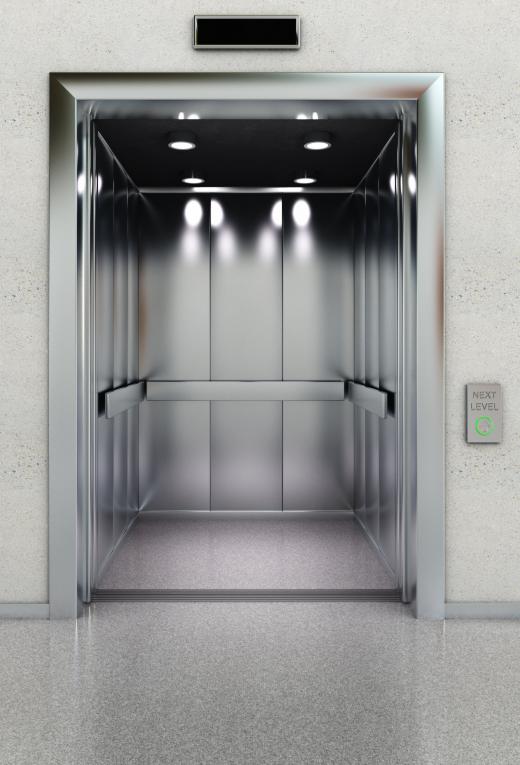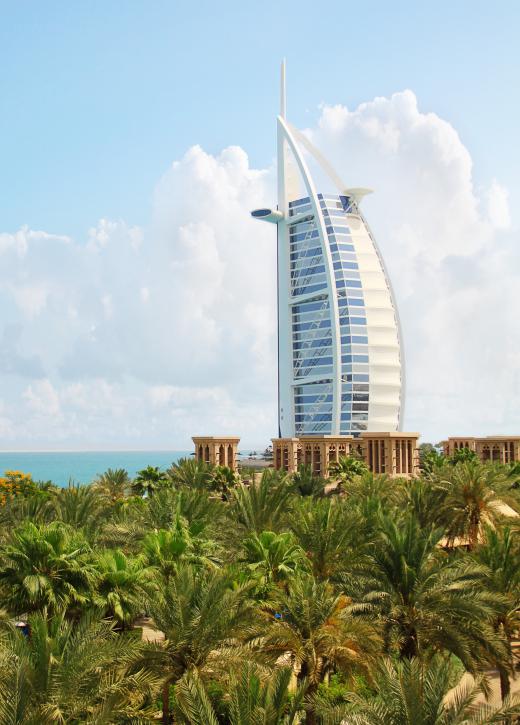How Tall can Skyscrapers be?
 Michael Anissimov
Michael Anissimov
For a long time, engineers, and architects have speculated about how tall a skyscraper could theoretically be. Frank Lloyd Wright, considered the greatest American architect of all time, designed 1 mile-tall (1.73 km) tower, The Illinois. This tower was to be built in Chicago and have 528 stories. It was designed in 1956 and probably could have been built at that time, but at great expense.
Structural materials are not the primary limiting factor on building height. Very tall buildings are often surprisingly light for their size; after all, they are mostly empty space. Steel is strong enough to support structures 6.2 miles (10 km) or taller, while advanced composites might support buildings reaching 62 miles (100 km) or more.
The three primary limitations on skyscraper height are wind, elevators, and budget.
A altitude vs. maximum wind speed table looks close to the following, for a calm day in a temperate area:
| Altitude | Maximum wind speed |
| 2 km (1.24 mi) | 22 mph |
| 4 km (2.28 mi) | 56 mph |
| 6 km (4.52 mi) | 90 mph |
| 8 km (4.97 mi) | 134 mph |
| 10 km (6.21 mi) | 179 mph |
| 12 km (7.46 mi) | 200 mph |

Above an altitude of about 7.45 miles (12 km), the wind calms down. Also worth noting is that the air gets thinner as altitude increases, slightly lessening the load of the intense winds. At the top of Mt. Everest, a little less than 5.5 miles (~9 km altitude) high, the air is about four times thinner than at sea level.
To counteract the force of wind on skyscrapers above about 500 ft (195 m) in height requires special design features. These may include large internal counterweights, made of metal or even tubs of water, that shift to redistribute weight towards the building's center. Buildings consisting of multiple stalks, such as the Empire State Building in New York and Burj Khalifa in United Arab Emirates, are also good at dissipating wind.

Improvements in the load-bearing capacity of concrete has recently allowed use of this rigid substance as a building material for very tall buildings, offering wind-dampening luxuries unavailable with steel alone. The Ryugyong Hotel in North Korea, although it was never finished, would be an example of using concrete as a building material for this type of structure. The problems with wind are certain to be challenging, but not unsolvable.

The elevator factor is another main limitation on height. The taller the building is, the more people live and work there, and the more space at the ground floors must be used for elevators. This challenge has been addressed by two strategies: using double-decked elevators, and using sky lobbies as intermediary points for elevator travelers. By using sky lobbies and local elevators for small sections of the building, a dozen or more elevators could share a single shaft, greatly improving efficiency. For very tall buildings over 6,500 feet (2 km) or so in size, many-leveled elevators, such as 5-story elevators, may need to be employed. Otherwise, the entire ground floor is dominated by elevators.

The last main limitation on skyscraper size, is, of course, budget. Burj Khalifa, the world's current tallest building at a height of 2,717 ft (828 m), cost about $4 billion US Dollars (USD). Assuming costs scale linearly with increased height (a generous assumption), constructing a 6,500 foot (2 km) tall structure might cost $10 billion USD. This is likely around the limits of what developers would be willing to spend on a single project, though only time will tell.
AS FEATURED ON:
AS FEATURED ON:















Discussion Comments
How does altitude affect skyscraper height?
how does the material a sky scraper is built with affect it?
the weight of a scyscraper causes a lot of problems, especially in terms of materials used. as a solid steel beam gets longer, the more weight stresses the base of the beam, meaning stronger materials are required and therefore more cost. i'm not quite certain but i feel like there may be a way around that problem by having round hollow columns, like an uprite tube. the column would be say 100m tall and be filled with fine dry sand, then the next 100m column would have its bottom end capped and sit on top of the first sand filled column, dispersing the structures weight through the sand. by repeating this procedure it will take the loads of the columns transferring them through the sand to the base. although im not sure about the tensile loads imposed outward by the sand.
Frank Lloyd Wright must have been designing for midgets! A mile high building with 528 stories means the average slab to slab height is ten feet. Subtracting the thickness of the deck and structural beams leaves about six feet of floor to ceiling height. Not practical! I won't even comment on a building being 6 to 62 miles high.
Post your comments